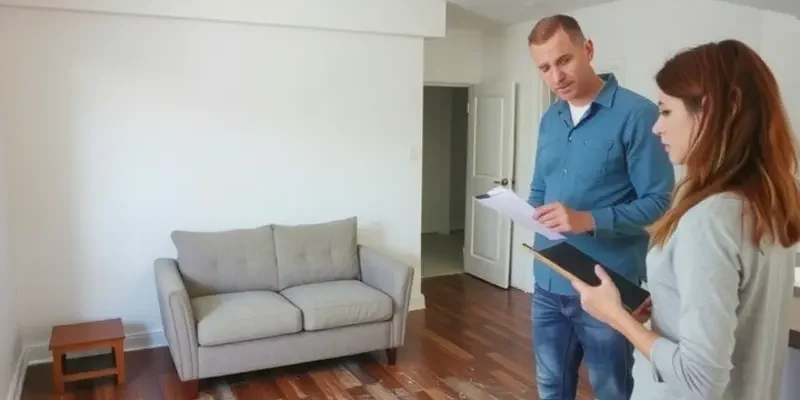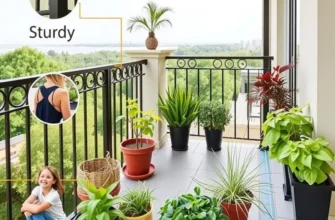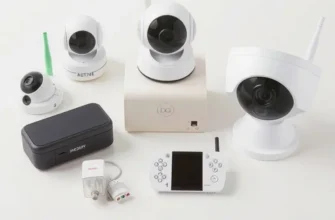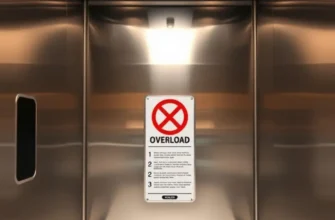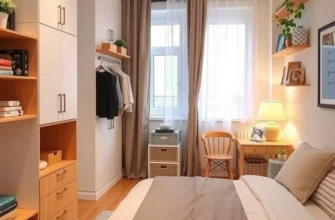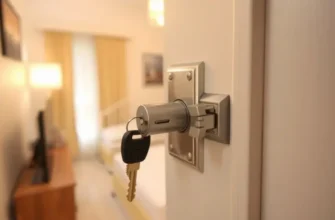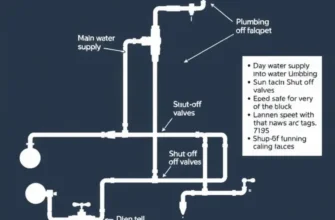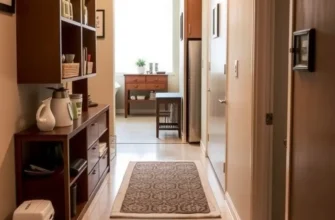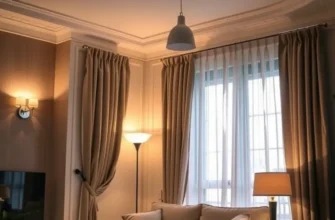Renting an apartment often brings a sense of freedom and flexibility, but along with the perks come questions about safety and security. As a renter, your primary concerns typically revolve around ensuring you are living in a safe environment, both from a structural and personal security standpoint. The good news is that with a bit of awareness and proactive strategies, you can significantly enhance your apartment’s safety. From understanding the structural integrity of your unit to fostering a secure living environment through small changes and thoughtful maintenance, this guide covers practical solutions that you can implement immediately. Whether you’re in a bustling city or a quiet town, it’s essential to know how to prioritize your safety while enjoying the comforts of home. Let’s delve into the critical aspects of apartment structural safety, enabling you to cultivate the secure living space you deserve.
Understanding Your Apartment’s Structure: What to Look For

Assessing the structural safety of your apartment is crucial for maintaining a secure living environment. As a renter, you’ll want to ensure your apartment stands on a solid foundation, which underpins its durability and safety. Look out for telltale signs such as cracks in the walls or floors, which may indicate foundation damage or settlement issues.
When walking through your apartment, pay attention to the floors. Uneven floors are more than just a cosmetic issue; they can be a sign of structural imbalance. Use a small ball or marble to test for sloping areas. If the ball rolls in a direction without prompting, it might suggest that the floor is slanted and requires inspection.
Walls are next on your checklist. Cracks in the plaster or drywall, especially those wider than one-eighth of an inch, should not be ignored. Vertical cracks often result from settlement, while horizontal or zigzag patterns might indicate more serious foundational issues. Also, watch for signs of moisture damage, like bubbles or discoloration in the paint, which could suggest hidden leaks.
Ceilings require similar scrutiny. Check for water stains or sagging areas, which may point to plumbing leaks from units above or roof issues. Also, if your apartment has popcorn ceilings from the mid-to-late 20th century, be aware they might contain asbestos. Have a professional inspect them if they appear to be deteriorating.
Plumbing is another critical component of your apartment’s structure. Ensure faucets, toilets, and showerheads function properly. Listen for unusual banging or clanging sounds when running water, which may indicate pressure issues. Test hot and cold taps to verify they’re functioning correctly. Regularly check under sinks for signs of leaks, which can lead to mold and structural decay if unchecked. Handling apartment flooding can provide further guidance on managing water-related issues effectively.
Common areas such as hallways, stairwells, and lobbies should also be evaluated. Ensure that handrails are secure and that stair treads are in good condition, free from tripping hazards. Emergency exits should be clearly marked and unobstructed. Verify that fire alarms and sprinkler systems are in place and operational; they are essential for ensuring safety in communal spaces.
By acquainting yourself with these key indicators, you empower yourself to advocate for necessary repairs and safety measures. If you recognize potential red flags, promptly report them to your landlord or property manager. Not only do these actions preserve the quality and safety of your living space, but they also contribute to a hassle-free living environment. Maintaining open communication and being proactive about structural issues can lead to a positive and sustainable rental experience.
Creating a Secure Home Environment: Steps You Can Take
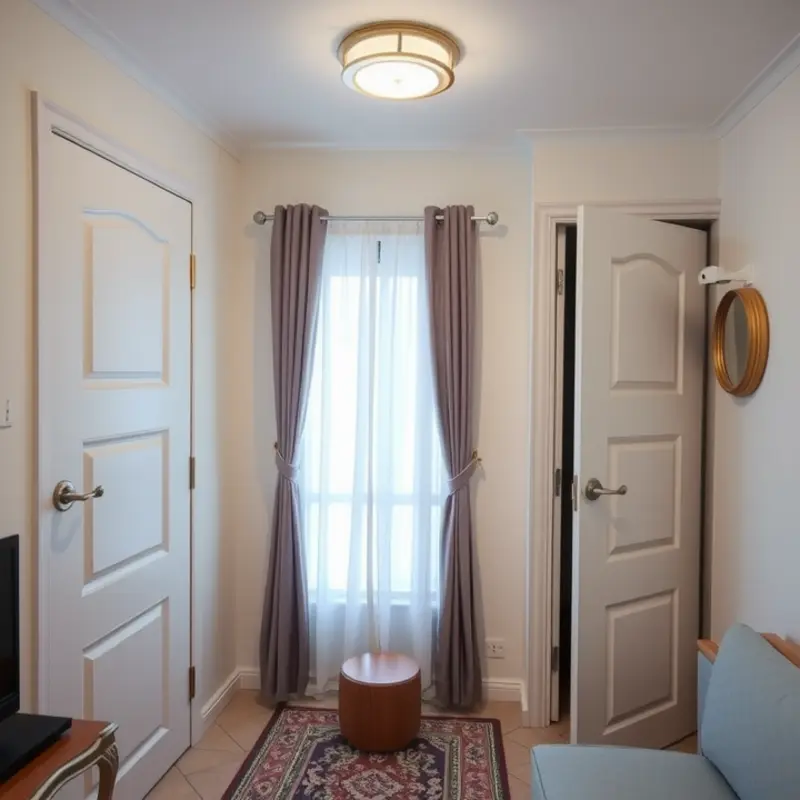
Once the structural integrity of your apartment is confirmed, the next critical step is creating a secure living environment. Implementing practical security measures can make a significant difference in protecting both yourself and your belongings. Let’s delve into some effective strategies.
Start by enhancing your door and window security. Consider upgrading the lock systems. A quality deadbolt or sliding lock can act as a strong deterrent against unauthorized entry. For windows, ensure they have secure locks; adding secondary locking mechanisms can provide an extra layer of protection.
Another valuable addition to your security toolkit is a home security camera or motion sensor. These tools not only allow you to monitor your apartment when you’re away but also deter potential intruders. Wireless models can be installed easily and repositioned as needed, offering flexibility and peace of mind.
Keep in mind the importance of lighting. Well-lit entryways and pathways can discourage clandestine activity. Motion-activated lights are an excellent choice, as they alert you to any unexpected movement while conserving energy.
Combining these physical security measures with strategic habits enhances their effectiveness. Always lock doors and windows, even when home. Be mindful of who you allow into your building, and don’t inadvertently compromise your own security by letting in unknown individuals.
Transitioning from personal measures to community strategies, fostering good relationships with your neighbors can significantly bolster your security network. A watchful and supportive community serves as an informal neighborhood watch, benefiting everyone. Engage with your neighbors through casual conversations or organized community events, as they can be both socially fulfilling and security-enhancing.
Incorporating these practices into daily life not only improves your apartment’s security but also cultivates a genuine sense of safety and community. By taking these proactive steps, you build a living environment that fosters tranquility and comfort, essential for turning any apartment into a true home.
For further insights on maintaining home safety, you can explore additional resources on handling emergencies like flooding in your apartment at Handling Apartment Flooding.
Final words
Prioritizing the structural safety and security of your apartment goes a long way in ensuring your peace of mind as a renter. By understanding the essential aspects of your apartment’s structure and implementing security enhancements, you create not just a livable space, but a home that feels secure. No matter where you rent, taking these steps empowers you to live comfortably, knowing you’ve done your due diligence for your safety. Always remember that a safe living environment lays the foundation for a happier home experience. Don’t hesitate to reach out to your landlord or property manager with any concerns, and remain vigilant about your surroundings.

